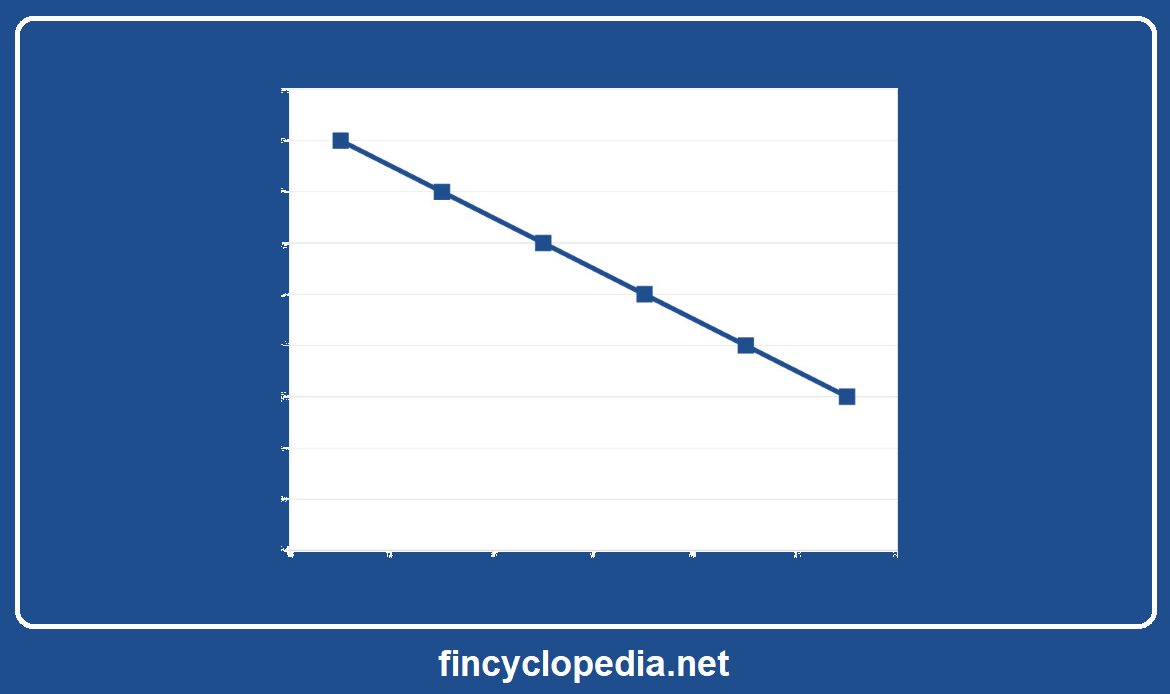A method of depreciation that involves calculating depreciation or amortization by expensing an asset (financial asset, in the case of amortization) over a specific period of time. The period-specific amount of depreciation is equally/ uniformly deducted from the value of an asset for every year over its useful life or tenor (time to maturity), until its reaches it salvage value (for tangible assets). For example, a car with an estimated useful life of 10 years will be depreciated at a rate of 10% every year. The amount of depreciation is stable over time, and hence the nomenclature “straight line”- it is similar to a line that does not change it shape with the passage of time.
The method spreads the cost of an asset (amortized cost of a financial asset) evenly over its useful life/ life. The main inputs for its calculation are asset cost, useful life and estimated salvage value (how much the asset would be worth at the end of its useful life).
The difference between the asset’s cost and its salvage value gives out another important factor, depreciable base. The depreciable base is divided by the number of years the asset is estimated to be useful, in order to obtain the annual depreciation expense. In each accounting period, this “same” depreciation amount is charged, causing the asset’s book value to be written down until it reaches its salvage value.
It is also known as straight-line depreciation.




